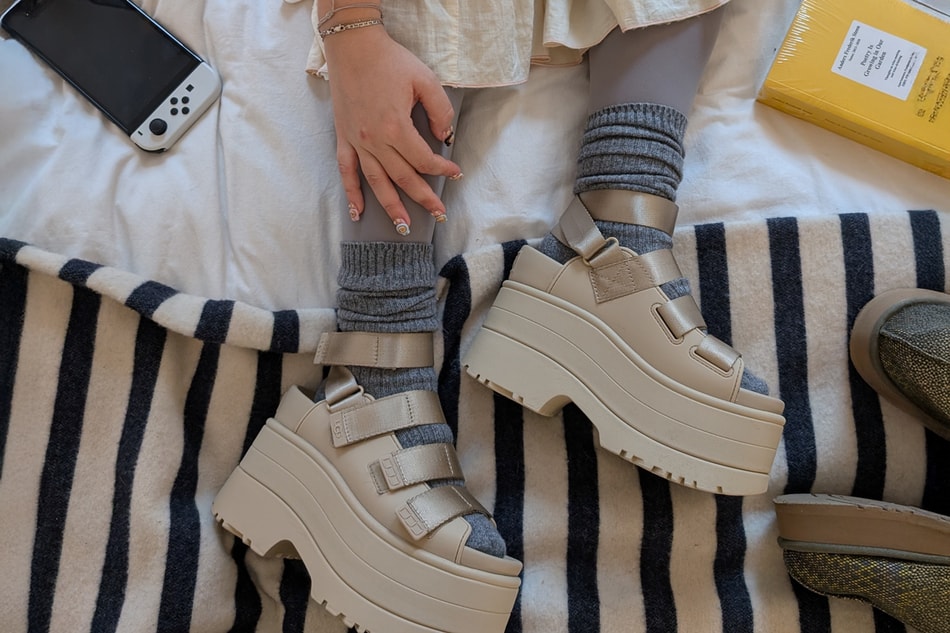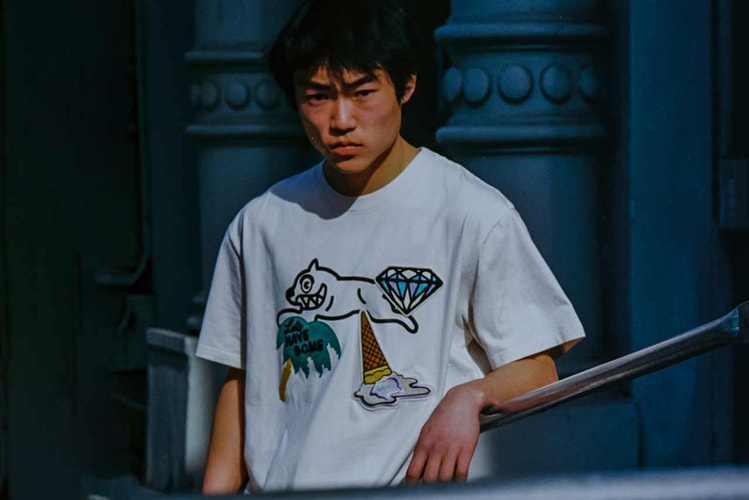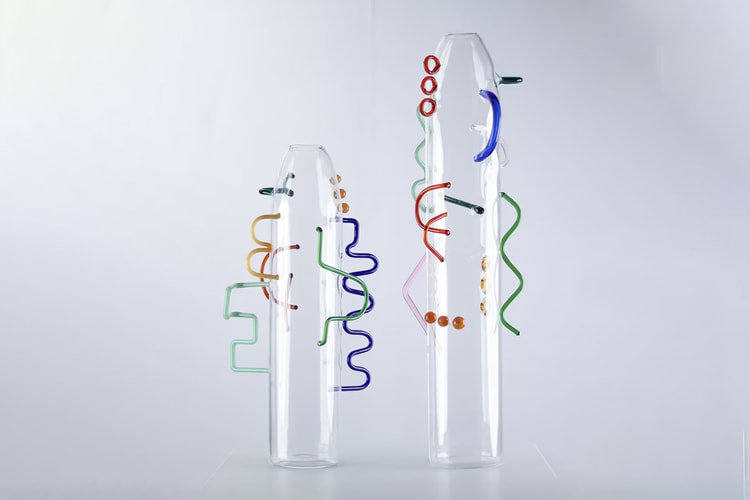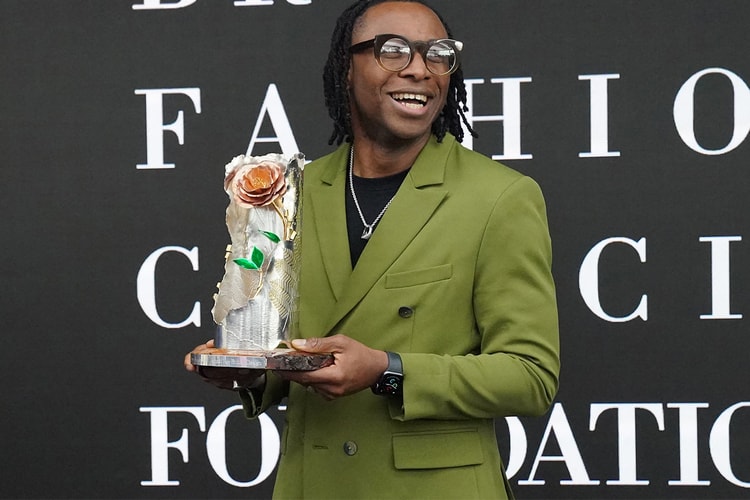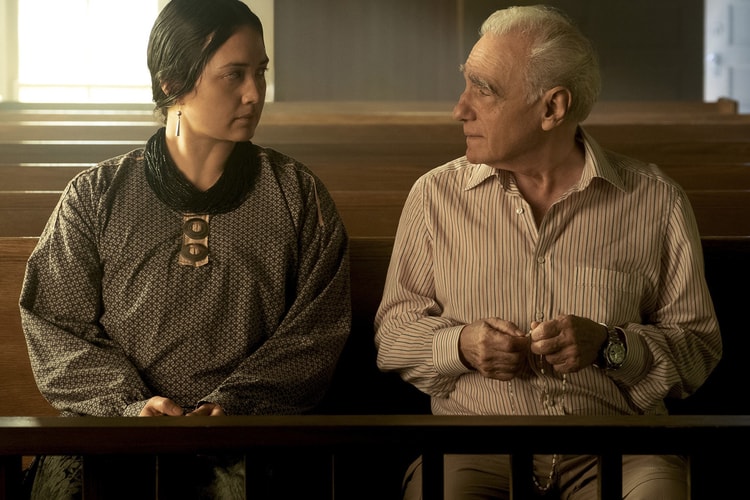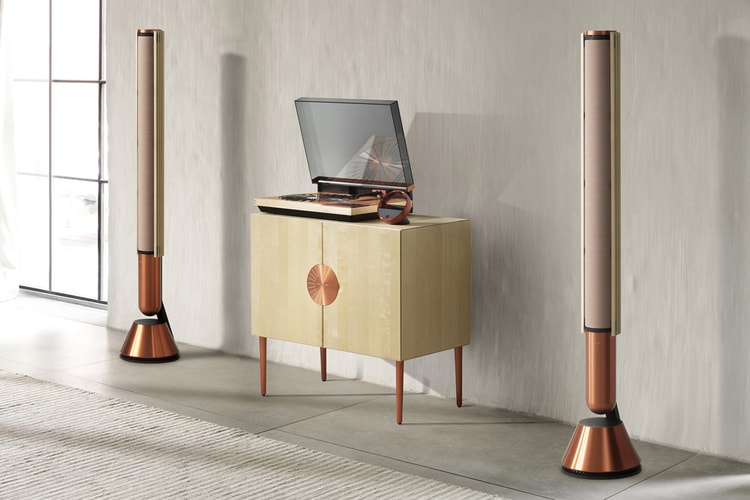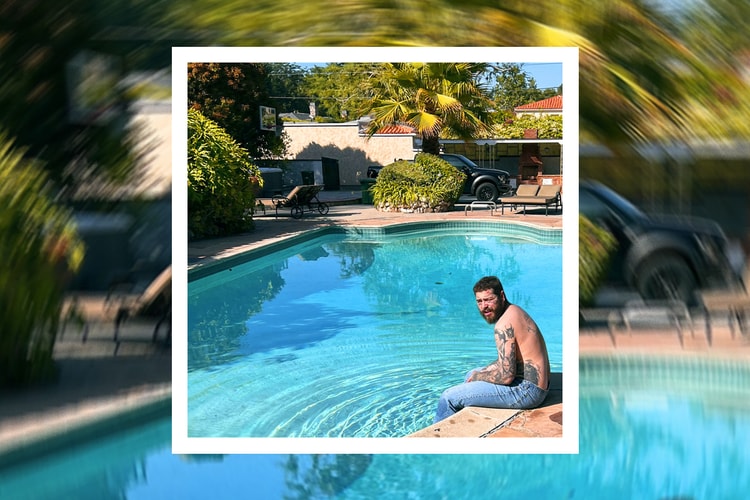“I Wanted to Bring my Family With me” – Apparatus Founder Gabriel Hendifar on Finding a New Home in London
As Apparatus opens the doors to its first London gallery, we speak to Artistic Director Gabriel Hendifar about the emotive details inside the space, and why the UK capital was the right place for his next step.
“I Wanted to Bring my Family With me” – Apparatus Founder Gabriel Hendifar on Finding a New Home in London
As Apparatus opens the doors to its first London gallery, we speak to Artistic Director Gabriel Hendifar about the emotive details inside the space, and why the UK capital was the right place for his next step.
The term “Gesamtkunstwerk” is not one you may commonly come across. Coined by writer and philosopher K. F. E. Trahndorff in an essay written in 1827, it translates from German as “a total work of art”, and was developed in reference to aesthetic ideals. More recently, it’s been used to describe anything from Beyoncé’s Renaissance album to buildings where an architect has been responsible for both its exterior and interior design.
For New York-based design studio Apparatus, the concept of Gesamtkunstwerk has become somewhat of a foundational mantra. Since it was established back in 2012, founder and artistic director Gabriel Hendifar has treated the term as a driving principle – using it to guide and develop a distinct identity and quality that the brand has become known for the world over. It’s an unsurprising approach for somebody who has background in theatre costume and scenic design at UCLA, before working in the fashion industry for almost 10 years, so is well-versed in making an immersive environment. This multidisciplinary background is evident through Apparatus’ curated collections, which are crafted at its dedicated Brooklyn factory.
“Objects are accessories to the human experience”
In his own words, Hendifar describes the furniture, lighting, and objects created by Apparatus as being both seductive and emotive – “I approach the work of the studio with the belief that objects are accessories to the human experience and enrich the way we live,” he adds. It’s an ethos that is carried through to the design of their physical spaces, too, which are located in New York, Los Angeles, and most recently London, where Apparatus has just opened its doors in the city’s Mayfair area.
Choosing where to place the new space was an important decision. In London, a city that prides itself on the individuality of its many neighborhoods, this can be tough. But something drew Hendifar to the W1K postcode, and more specifically the quaint Mount Street spot. To set the scene, Mount Street feels like the type of London you see in romantic comedies, but if the movie had been produced by a high-end fashion brand. Both sides of its narrow street are lined with luxury stores, members clubs, and hotels – Apparatus’ closest neighbours include Roksanda, Lanvin and Oscar de la Renta. “London is a very international city,” Hendifar says. “It’s like a window into Asia, or the Middle East – specifically on Mount Street.”
Occupying a corner spot, the new Apparatus gallery is set inside a Grade II-listed building. Its interaction with street level has very much been part of the interior design decisions, and Hendifar devised a scheme that would draw passersby to take a closer look. Some of the studio’s most notable works are presented here – including the Segment dining table, and the Horsehair and Reprise lights.
Inside, details from the surrounding architecture have been borrowed, and combined with the a good dose of drama that Apparatus has become known for. Taking inspiration from Mayfair’s long heritage of private member clubs, the space takes visitors on a journey into rooms that feel completely different from one another, with secluded spaces concealed behind closed doors.
“It became really clear to me that I wanted to bring my family with me”
The two floors include a main gallery space, which features walls and floors crafted from Italian Calacatta Classico marble and subtle, hand-trowelled plaster. As they head towards the back, visitors will see a sweeping burl-clad staircase, which takes them to the lower floor. The most poignant part of the interior design is visible here, with portraits of Hendifar’s maternal grandmother, Shazdeh, and his mother, Afsaneh hung on the walls. It’s a detail employed to make the space feel like a home – not so much in the sense of a physical house, but more in the sense of emotions associated with a feeling of belonging. “I really wanted the space to have that kind of emotional resonance,” Hendifar says. “As the project progressed, I was realising this recurring feeling of being in a new place with a sense of having something to prove – and recognised it was probably from my childhood, having growing up as a first-generation American” – Hendifar’s parents had left their native Iran for the US in 1979, and he was born in LA two years later. “That feeling of learning a new place, and proving that I had something that was worthy of being in that place was a really familiar feeling.”
To remedy this, he made the decision to inject parts of himself and his own history into the space – “it became really clear to me that I wanted to bring my family with me, or at least a sense of them,” he adds. In addition to the portraits, he has conceptualised the space as a home for his grandmother, ensuring that design cues throughout would match up to the vision of her he holds dear. “You do feel like you’re moving through someone’s home and that there is a sense of a history and a vibration of life in it.” Downstairs, this feeling is translated to an enveloping room titled the Lounge, which is entirely clad in bronze mirror, and is based around a huge sofa that gives guests a chance to relax and linger.
It’s clear from speaking to Hendifar that a sense of community is present at all times – be that searching for one or serving one. Rather than prescriptively forcing his view or aesthetic, he wants clients to be able to see their own history through the works Apparatus produces. As he places roots in London, a city known for its multicultural fabric, he’s looking forward to seeing those conversations play out inside the walls of the brand’s new home. “In the UK, and in Europe, one of my favourite things when I speak to people about what references they see in the work, it’s often informed by where they come from,” he adds. “So when I speak to people who are in the Middle East, they see the ornamentation and the Persian influence, and, when I speak to Italians, they see the history of Italian rationalism – people find their way into it.”








